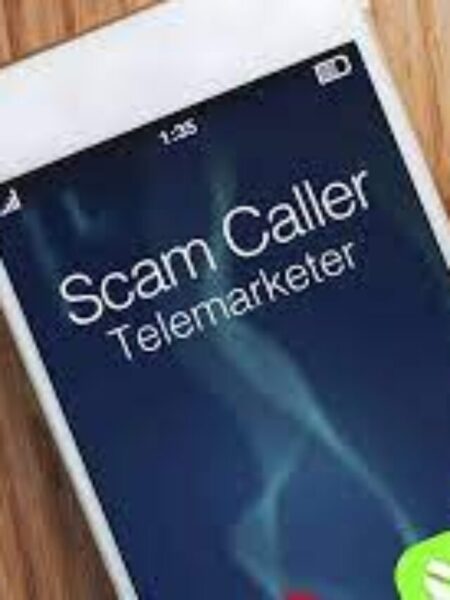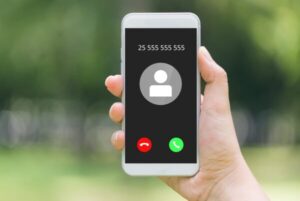
The US9514961195221 Scam: Fake Text Messages Exposed
Spam alert : us9514961195221 , us9514 , 9611 , 95221 , usps tracking ,++us9514961195221
Introduction
US9514961195221 : scams have evolved beyond the traditional email phishing schemes. Scammers are now using text messages to deceive and defraud unsuspecting victims. One such scam that has gained notoriety is the US9514961195221 scam. we will delve into the details of this scam, how it works, and how you can protect yourself from falling victim to it.
Read more : https://theexpresspost.com/2033222305-who-called-me-in-uk-020-area-code/
The US9514961195221 Scam
The US9514961195221 scam typically begins with a seemingly innocuous text message received on your mobile phone. The message may appear to be from a legitimate source or organization, often a financial institution, claiming that there is an urgent issue with your account. It may contain alarming language designed to create a sense of urgency, such as “Your account has been compromised” or “Immediate action required.”
The scam message usually includes a link that directs you to a fake website that closely mimics the legitimate website of the organization mentioned in the message. The website will ask you to enter personal and sensitive information, such as your login credentials, Social Security number, credit card details, or bank account information, under the guise of resolving the supposed issue.
Once you submit this information, the scammers have everything they need to steal your identity, access your accounts, or engage in fraudulent activities in your name.
Red Flags to Watch For
To protect yourself from falling victim to the US9514961195221 scam, it’s essential to be vigilant and recognize the red flags:
- Unsolicited Messages: Be cautious of text messages from unknown senders, especially those that claim urgent action is required.
- Grammatical and Spelling Errors: Scam messages often contain grammatical and spelling mistakes. Legitimate organizations generally maintain a high level of professionalism in their communications.
- Generic Greetings: Scammers tend to use generic greetings like “Dear Customer” instead of addressing you by name.
- Urgency and Fear Tactics: Scammers create a sense of urgency and fear to pressure you into taking immediate action without thinking it through.
- Suspicious Links: Do not click on any links in text messages unless you are absolutely certain of their authenticity. Hover your mouse pointer over the link to preview the URL without clicking.
- Check the Sender: Verify the sender’s phone number or email address. Scammers often use numbers that don’t match the official contact details of the organization.
- Contact the Organization: If you receive a suspicious message from an organization you have an account with, contact them directly using the official contact information available on their website or statement. Do not use the contact details provided in the suspicious message.
- Trust Your Gut: If something feels off or too good to be true, it probably is. Trust your instincts and exercise caution.
Protecting Yourself from Scams
Here are some proactive steps you can take to protect yourself from scams like US9514961195221:
- Enable Two-Factor Authentication (2FA): Whenever possible, enable 2FA on your accounts to add an extra layer of security.
- Verify Requests: Before acting on any request received via text message or email, verify its legitimacy through official channels. Do not rely solely on the message itself.
- Educate Yourself: Stay informed about common scams and their characteristics. The more you know, the better you can protect yourself.
- Use Antivirus Software: Install reputable antivirus and anti-malware software on your devices to help detect and prevent phishing attempts.
- Regularly Check Your Accounts: Routinely monitor your financial accounts and credit reports for any suspicious activity.
- Report Scams: If you encounter a scam, report it to your local authorities and relevant organizations, such as the Federal Trade Commission (FTC).
Conclusion
The US9514961195221 scam and similar fake text message schemes are a growing threat in today’s digital world. Scammers prey on unsuspecting individuals by creating a sense of urgency and fear, leading them to disclose sensitive information. By staying vigilant, recognizing red flags, and following best practices for online security, you can protect yourself from falling victim to these scams. Remember, it’s always better to be cautious and verify the authenticity of any communication than to suffer the consequences of identity theft or financial loss. Stay safe, stay informed, and keep scammers at bay.
FAQ
-
What is “US9514961195221”?
- It’s not clear what “US9514961195221” represents without more context. It could be a phone number, a reference number, or something else entirely. Be cautious when receiving unsolicited messages with unusual codes or numbers, as they may be attempts to scam or deceive you.
-
How do I identify a scam text message?
- Scam text messages often exhibit certain characteristics. Look out for poor grammar and spelling, unsolicited requests for personal or financial information, urgent or threatening language, and suspicious links or attachments. If it seems too good to be true or raises any doubts, it’s likely a scam.
-
What should I do if I receive a suspected scam text message?
- If you receive a text message that you believe is a scam, do not respond to it or click on any links. Delete the message immediately. Additionally, you can report the message to your mobile carrier or to organizations like the Federal Trade Commission (FTC) in the United States.
-
Can I block or filter scam text messages?
- Most mobile devices and carriers offer options to block or filter spam and scam text messages. Check your device’s settings or contact your mobile carrier for guidance on how to set up such filters. These filters can help reduce the number of scam messages you receive.
-
How can I protect myself from text message scams?
- To protect yourself from text message scams, be cautious about sharing personal information, especially over text. Don’t click on suspicious links or download attachments from unknown sources. Consider using a reputable security app or antivirus software on your mobile device, and regularly update your device’s operating system to patch security vulnerabilities.

